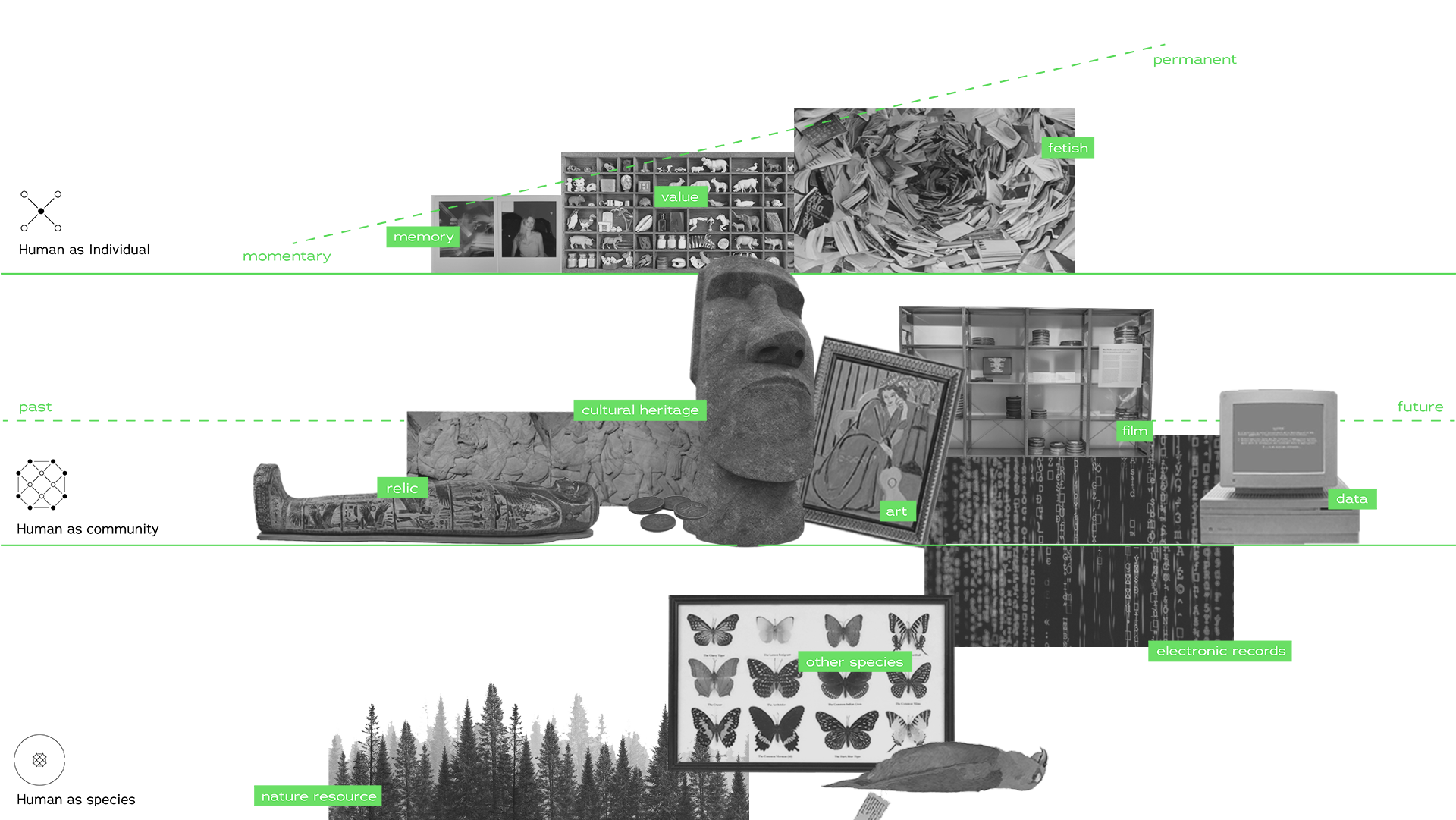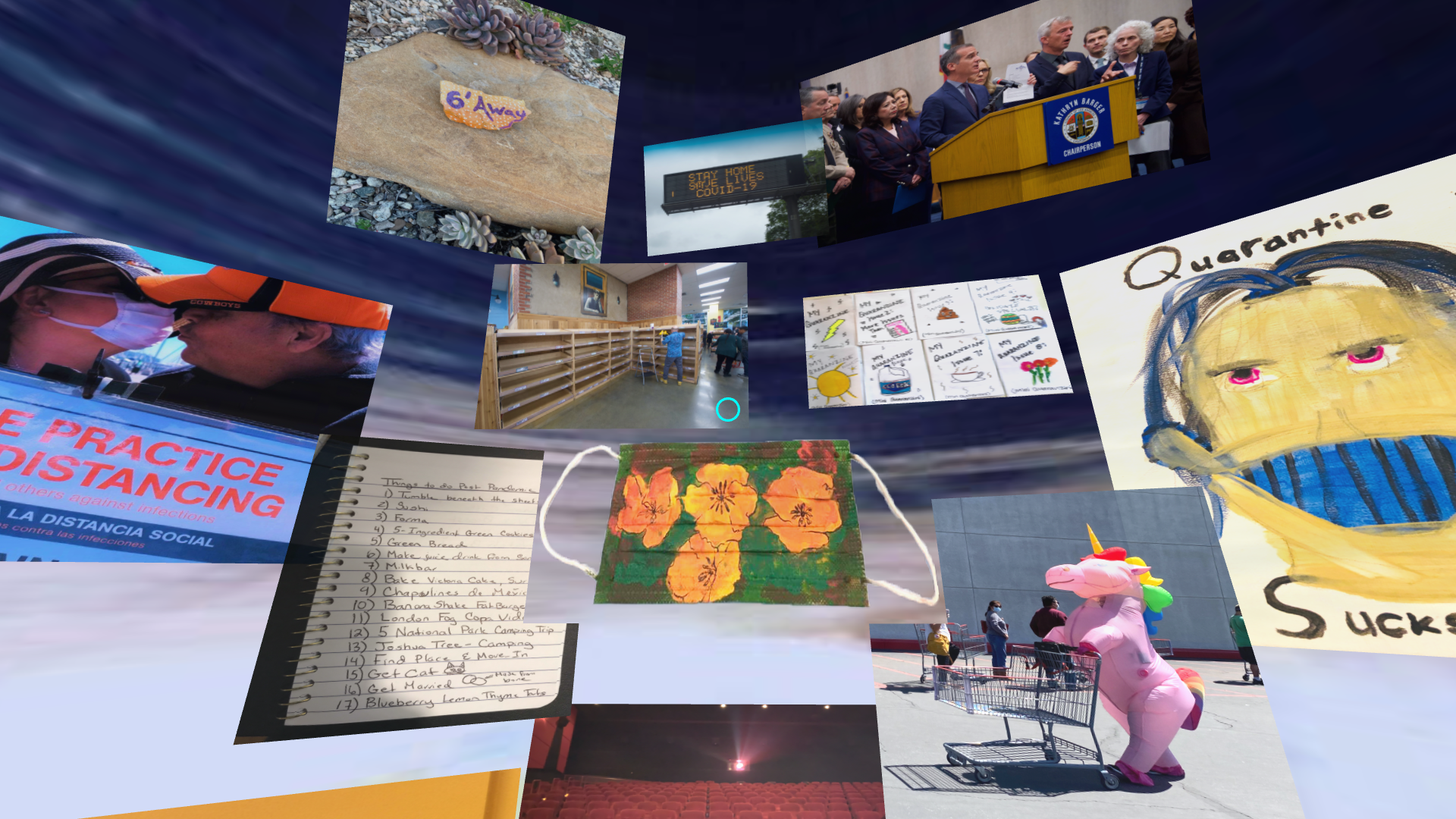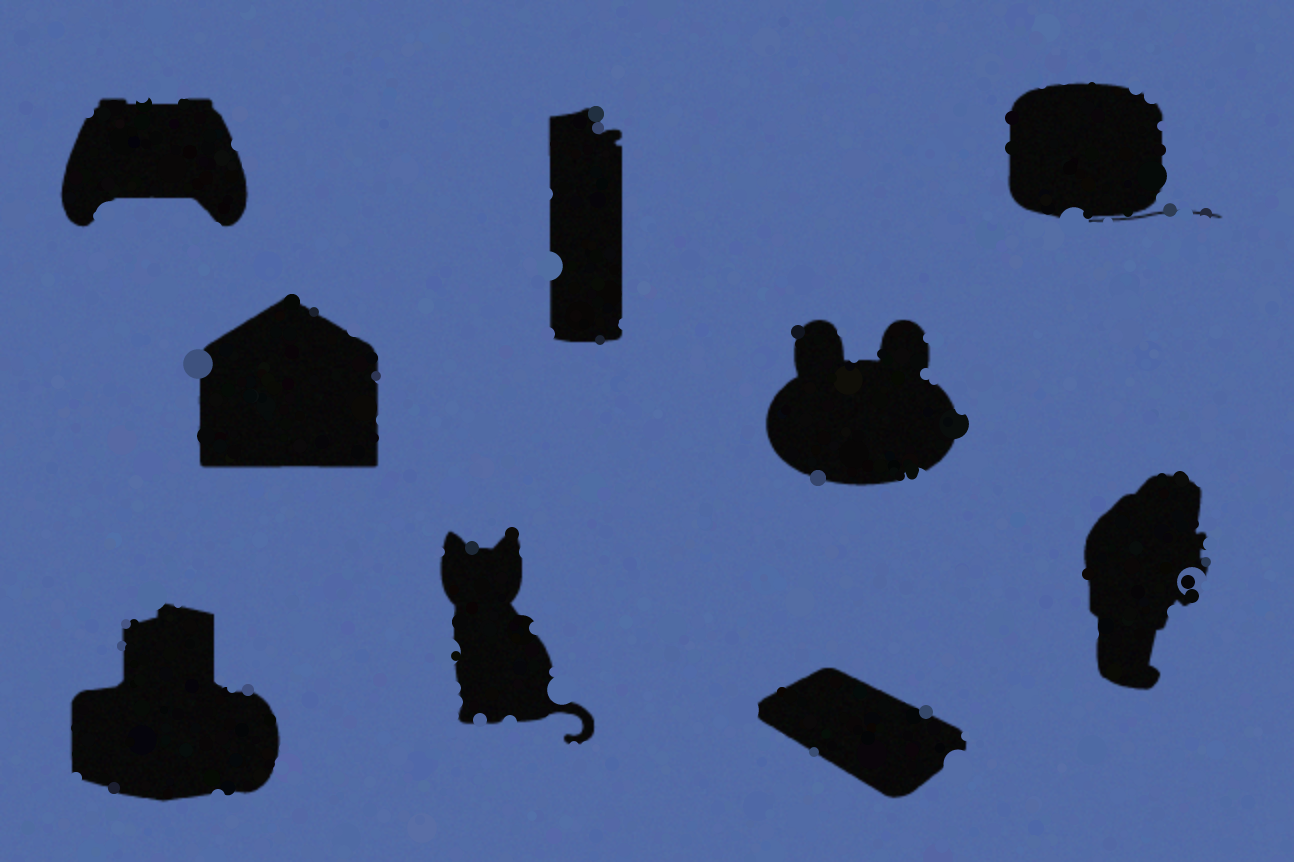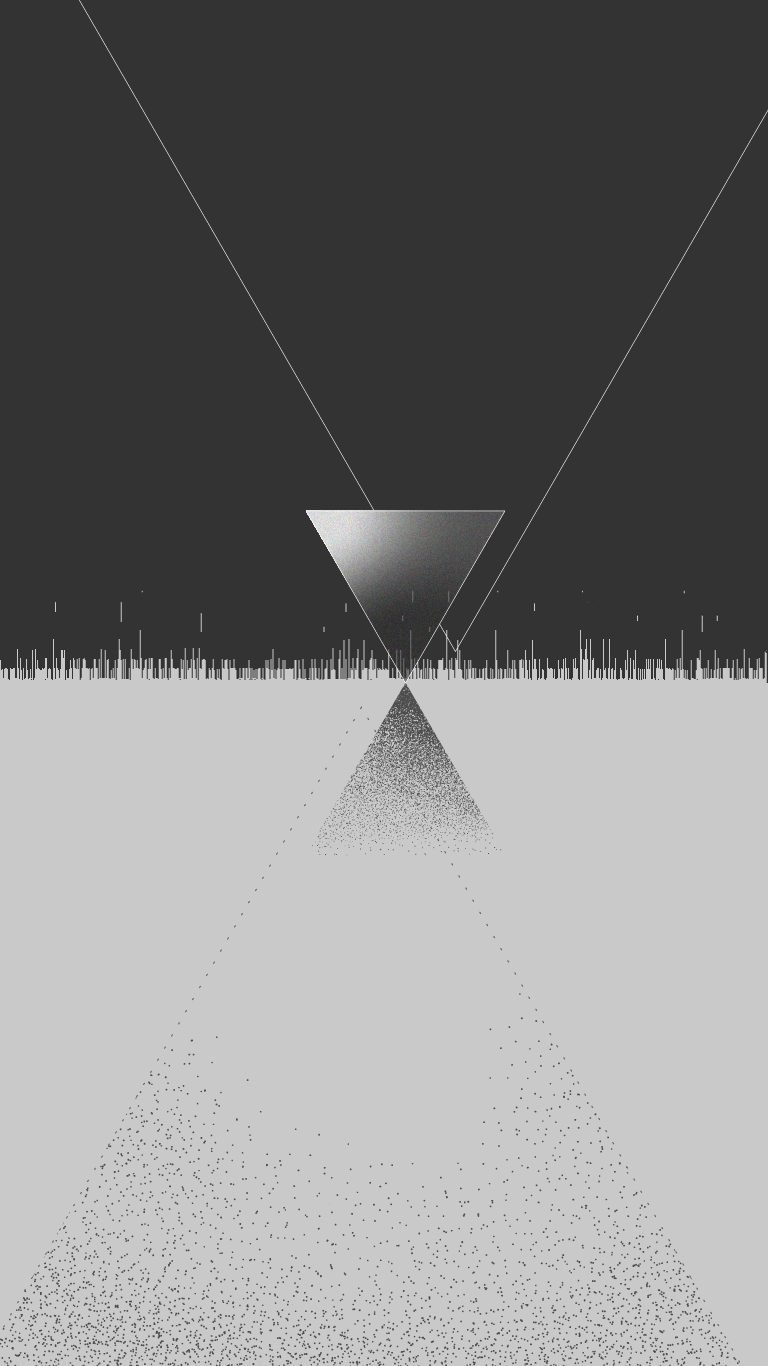EXPERIMENT 2
Framework-building & Human as community
On the left is my experiment on using symbols to visualize the three scopes of preservation and potentially to form a visual language system for project.
Preservation of ...
![]()

Above is visualization of my research on “what is preserved
”, which is a taxonomy of preservation mapping out what are human preserving as individual, as community, and as species.
As individuals, we preserve memories, objects of values(aesthetics, functions, emotional). At a point when the desire of preserving become uncontrollable, people preserve everything, and the desire eventually become fetish, obsession or even disorder.
As communities, we preserve relic, art and historic objects to keep the history they represent. We also preserve cultural heritage from the present for the future in order to preserve our culture.
As a species, we human preserve other species on the earth to prevent them from extinsction. At the current time of Digital Dark Age, we also preserve our electronic records as a way to preserve our species from disappearing in a future where humans are unable to access the data, literature, art, photographs, discoveries, and vital records of previous generations.
As individuals, we preserve memories, objects of values(aesthetics, functions, emotional). At a point when the desire of preserving become uncontrollable, people preserve everything, and the desire eventually become fetish, obsession or even disorder.
As communities, we preserve relic, art and historic objects to keep the history they represent. We also preserve cultural heritage from the present for the future in order to preserve our culture.
As a species, we human preserve other species on the earth to prevent them from extinsction. At the current time of Digital Dark Age, we also preserve our electronic records as a way to preserve our species from disappearing in a future where humans are unable to access the data, literature, art, photographs, discoveries, and vital records of previous generations.
In this post-digital age, a person’s everyday experience, self identity, job, wealth, and future, may be more deeply tied to digital contexts than physical ones. Therefore, our electronic records are almost a prove of the existence of the human species in this age.
Research on “how to preserve” through digital preservation:
Downloading

This project examines the action of downloading as a way to claim ownership to public information or material to make them local and private,
essentially transforming a public post into private property as a way of preservation.
It also recognize downloading as a prerequisite to more local preservation activities such as printing and archiving.
This project is later brought to physical form. The artist is commissioned by Library of the Printed me to version the zip file into a printed zine.
This project examines the action of downloading as a way to claim ownership to public information or material to make them local and private,
essentially transforming a public post into private property as a way of preservation.
It also recognize downloading as a prerequisite to more local preservation activities such as printing and archiving.
This project is later brought to physical form. The artist is commissioned by Library of the Printed me to version the zip file into a printed zine.
Printing & Archiving

An example of utilizing printing and archiving to preserve digital content is The library of printed web: a physical archive devoted to bring network-based artworks into printed forms as a way of preserving.
As for digital archiving, Rhizome builds isa digital archive of born-digital artworks from 1999 to the present day.
An example of utilizing printing and archiving to preserve digital content is The library of printed web: a physical archive devoted to bring network-based artworks into printed forms as a way of preserving.
As for digital archiving, Rhizome builds isa digital archive of born-digital artworks from 1999 to the present day.
Coding & Decoding

In addition to print out the digital information, this project performs a second layer of preservation on top of physicality. The printed book contains binary encoded image and sound files selected to portray the diversity of life and culture at the Foundation for Art and Public Domain (SKOR), and is intended for any intelligent terrestrial life form, or for future humans, who may find it. Instructions in a symbolic language explain the origin of the book and indicate how the content is to be decoded.
In addition to print out the digital information, this project performs a second layer of preservation on top of physicality. The printed book contains binary encoded image and sound files selected to portray the diversity of life and culture at the Foundation for Art and Public Domain (SKOR), and is intended for any intelligent terrestrial life form, or for future humans, who may find it. Instructions in a symbolic language explain the origin of the book and indicate how the content is to be decoded.
Research on “who is preserving”:
the role of power, imperialism, culture ideology in preservation.
the role of power, imperialism, culture ideology in preservation.
Case studies on postcolonial communities:
Fiji- Fijian archival system has its strong basis in the British system, and its effect on Fiji's traditional oral history.
The Philippines- The archives of a former leper hospital in the Philippines that formed part of the "American colonial legacy that remained decades after the colonial era came to an end."
St. Kitts - People of St. Kitts saw the colonial archives as "white people archives" and searched for "what is not there—an archive of the colonized."
(Bastian, Jeannette A., and Andrew Flinn, 2011)
Fiji- Fijian archival system has its strong basis in the British system, and its effect on Fiji's traditional oral history.
The Philippines- The archives of a former leper hospital in the Philippines that formed part of the "American colonial legacy that remained decades after the colonial era came to an end."
St. Kitts - People of St. Kitts saw the colonial archives as "white people archives" and searched for "what is not there—an archive of the colonized."
(Bastian, Jeannette A., and Andrew Flinn, 2011)
National/colonial archives: archive as an objective and impartial system to generate the absolute knowledge.
Early museums is an example of colonial archive. The emergence of museums is tied to particular formation of imperial powers and rules. They are established concurrently with the rise of imperial looting to enrich Western aristocracies and embellish Western museums, in which art is defined as a succession of collectible and displayable objects. Ariella Azoulay, in her essay "Undoing the Imperial Conception of art in crating the world", reframing the practice of collecting, classifying, displaying as colonial exercise of power over art objects regardless of the environment from which they originated and regardless of the impoverishment of the communities from which they were ripped out.
Early museums is an example of colonial archive. The emergence of museums is tied to particular formation of imperial powers and rules. They are established concurrently with the rise of imperial looting to enrich Western aristocracies and embellish Western museums, in which art is defined as a succession of collectible and displayable objects. Ariella Azoulay, in her essay "Undoing the Imperial Conception of art in crating the world", reframing the practice of collecting, classifying, displaying as colonial exercise of power over art objects regardless of the environment from which they originated and regardless of the impoverishment of the communities from which they were ripped out.
Community archives are usually formedby informal, cooperative economies, marginalized native groups, immigrant populations, postcolonial independent states, post-traumatic communities etc. searching for alternative truth through a series of social exchanges. They are “pivotal to constructing a community, consolidating its identity and shaping its memories.” (Bastian, Jeannette A., and Andrew Flinn, 2011)
centralized vs. decentralized
static vs. volatile
absolute vs. temporal
objective vs. subjective
impartial vs. interested
static vs. volatile
absolute vs. temporal
objective vs. subjective
impartial vs. interested
Researching on forms of archive prompt me to think about:
Is it possible to recuperate the spatiality and the materiality of archive in this Post-internet age?
How to display the subjectivity and generativity of community archives in digital realm?
Does archive allow for the opening of an imaginative and fictive space?
Is it possible to recuperate the spatiality and the materiality of archive in this Post-internet age?
How to display the subjectivity and generativity of community archives in digital realm?
Does archive allow for the opening of an imaginative and fictive space?

An experiment of bringing
LA COVID-19 Community Archive in to Web VR experience
︎︎︎Click here to experience
LA COVID-19 Community Archive in to Web VR experience
︎︎︎Click here to experience
On “Why not preserve?”
Not preserve means let time flow, let things lose and let life die:
a state of changing, moving, decaying, and refreshing.
Below are several examples of not preserving:
1. The right to be forgotten (RTBF) is the right to have private information about a person be removed from Internet searches and other directories under some circumstances. The issue has arisen from desires of individuals to "determine the development of their life in an autonomous way, without being perpetually or periodically stigmatized as a consequence of a specific action performed in the past." (Mantelero, 2013)
This conception of the right to be forgotten is based on the fundamental need of an individual to determine the development of his life in an autonomous way, without being perpetually or periodically stigmatized as a consequence of a specific action performed in the past, especially when these events occurred many years ago and do not have any relationship with the contemporary context.
2. Achille Mbembe ‘s concept of necropower and “death world” claims that death is derived from an excess of life as opposed to a lack of life. This means that when too many beings exist in conditions that maximize their suffering, it allows for them to constantly be in a state moving towards their deaths. Mbembe calls these the “State of exception” (Mbembe 67), and these states exist in what he calls “Death worlds” (Mbembe 40), which is a place in which death is very much cultivated.
3. From a non-Western perspective, the sense of the temporary and transient (ka) reflects a willingness to live positively by entrusting oneself to the flow of nature while at the same distancing oneself appropriately from nature. It comes not from a feeling of being resigned for the time being to the way things are but from a view of the universe and a sense of order which accepts that everything is essentially temporary and transient.
Experiment on object decaying:
![]()
![]()
![]()
If preserving means time and space are under control of human power over the order of nature, then not preserving deliberately renounces such power, hence the flow of time and space are indulged by nature.
From Giorgio Agamben, The Coming Community:
The action of not preserving manifests “the potentiality to not-be”: it is not simply lacking in power or being incapable, instead, it demonstrates the ability to not-be; it is capable of its own impotence. On one hand, we demonstrate our power beyond the order of nature through preservation. On the other hand, our choice of not preserving suggests the power to renounce this superiority over nature: the power to not-be. While techonological advancement allows us to feel more powerful to preserve, which essentially negates and abandons our potential to not-preserve, our true nature, which is our humanity, rests in the act not our potential to preserve, but rather our potential to not-preserve.
According to Agamben, recognizing our potentiality not only to own ability to preserve but to our own impotence to preserve discloses a “a supreme power that is capable of both power and impotence.” Hence, I plan to work on a framework of analysis on the power to be and not-be is exhibited through the action of preserving (and/or not preserving) of a subject matter. It is worth noting that preserving and not preserving is not muturally exclusive in this process.
![]()
![]()
Below are several examples of not preserving:
1. The right to be forgotten (RTBF) is the right to have private information about a person be removed from Internet searches and other directories under some circumstances. The issue has arisen from desires of individuals to "determine the development of their life in an autonomous way, without being perpetually or periodically stigmatized as a consequence of a specific action performed in the past." (Mantelero, 2013)
This conception of the right to be forgotten is based on the fundamental need of an individual to determine the development of his life in an autonomous way, without being perpetually or periodically stigmatized as a consequence of a specific action performed in the past, especially when these events occurred many years ago and do not have any relationship with the contemporary context.
2. Achille Mbembe ‘s concept of necropower and “death world” claims that death is derived from an excess of life as opposed to a lack of life. This means that when too many beings exist in conditions that maximize their suffering, it allows for them to constantly be in a state moving towards their deaths. Mbembe calls these the “State of exception” (Mbembe 67), and these states exist in what he calls “Death worlds” (Mbembe 40), which is a place in which death is very much cultivated.
3. From a non-Western perspective, the sense of the temporary and transient (ka) reflects a willingness to live positively by entrusting oneself to the flow of nature while at the same distancing oneself appropriately from nature. It comes not from a feeling of being resigned for the time being to the way things are but from a view of the universe and a sense of order which accepts that everything is essentially temporary and transient.
Experiment on object decaying:

If preserving means time and space are under control of human power over the order of nature, then not preserving deliberately renounces such power, hence the flow of time and space are indulged by nature.
From Giorgio Agamben, The Coming Community:
The action of not preserving manifests “the potentiality to not-be”: it is not simply lacking in power or being incapable, instead, it demonstrates the ability to not-be; it is capable of its own impotence. On one hand, we demonstrate our power beyond the order of nature through preservation. On the other hand, our choice of not preserving suggests the power to renounce this superiority over nature: the power to not-be. While techonological advancement allows us to feel more powerful to preserve, which essentially negates and abandons our potential to not-preserve, our true nature, which is our humanity, rests in the act not our potential to preserve, but rather our potential to not-preserve.
According to Agamben, recognizing our potentiality not only to own ability to preserve but to our own impotence to preserve discloses a “a supreme power that is capable of both power and impotence.” Hence, I plan to work on a framework of analysis on the power to be and not-be is exhibited through the action of preserving (and/or not preserving) of a subject matter. It is worth noting that preserving and not preserving is not muturally exclusive in this process.

